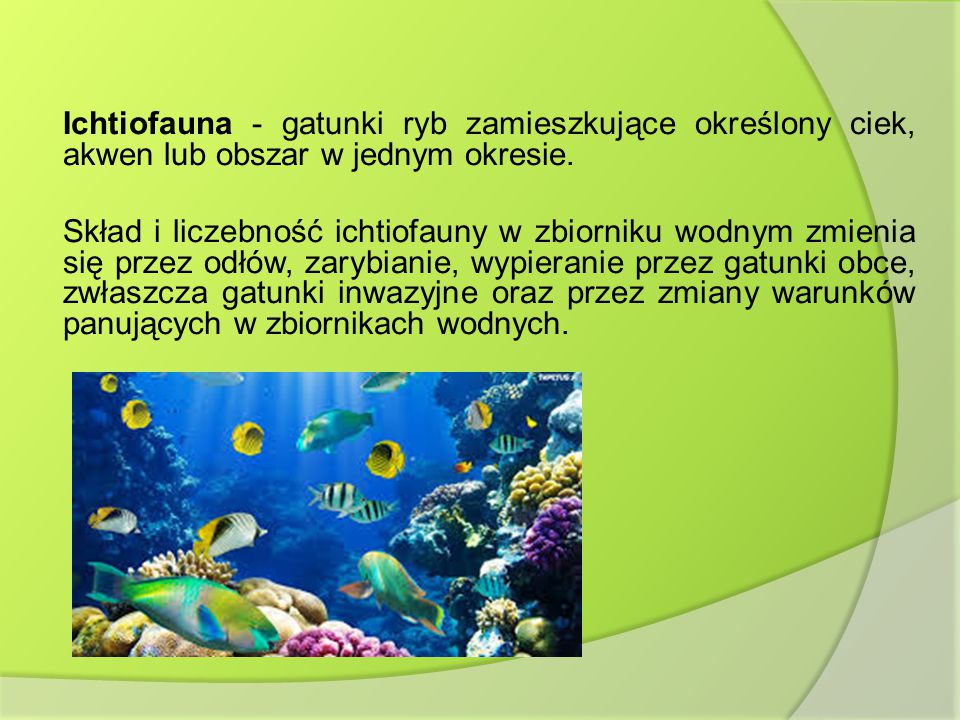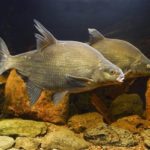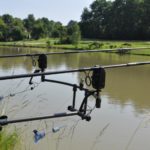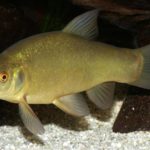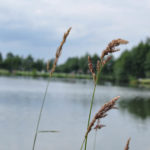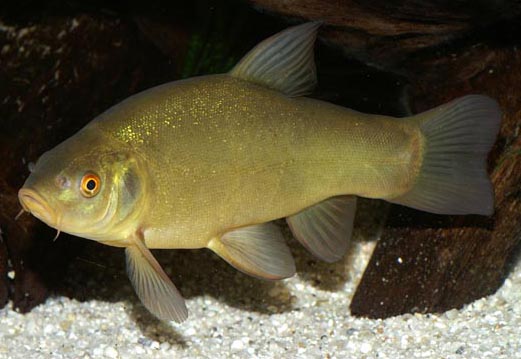 Lin – Jak złowić Lina.
Lin – Jak złowić Lina.
O linie przypominamy sobie na ogół tylko wtedy, gdy chcemy nim „załatać dziurę”, np. kiedy chodzi o zarybienie zamulonych i zanieczyszczonych wód, w których inny gatunek już się nie utrzyma. Lin jest niepodzielnym władcą takich wód. W pozostałych wodach, o lepszej jakości, musi żyć w cieniu karpia i innych przedstawicieli rybiej społeczności. Za optymalne stanowiska lina uchodzą muliste, wypłycone, zarośnięte wody stojące. W korzystniejszych warunkach nawet nie bardzo umiemy go sobie wyobrazić. Rzeczywiście, dzięki przykładnej zdolności znoszenia nawet skrajnego niedostatku tlenu (o trwałym lub przejściowym charakterze), lin jest wśród przedstawicieli naszej ichtiofauny wyjątkiem i sprawdza się w bardzo trudnych warunkach.
Jako jeden z nielicznych słabych punktów lina można wymienić jego wrażliwość na zimno; jednak i tę cechę trzeba traktować z pewną rezerwą – np. w ostrych warunkach klimatycznych Zbiornika Orawskiego wiedzie mu się lepiej niż w ciepłych południowosłowackich „kałużach”. Także i to można uznać za zaletę lina.
„Gust kulinarny” ma zgodny z pozostałymi karpiowatymi; głównym składnikiem jego pożywienia są drobne chrząszcze i ich larwy, „daniem uzupełniającym” – młode delikatne pędy roślin, nasiona itp. Lin ma tę przewagę nad innymi rybami, że umie dokładnie wyzbierać pokarm z głębszych warstw mułu, do czego inne gatunki nie są zdolne.
Lin wolno rośnie. Nawet w dobrych warunkach osiąga wagę 1 kg najwcześniej w 6-7 roku życia, na ogół zaś jeszcze później. Z tego względu za okazy można uważać sztuki o wadze 1-1,5 kg, zdarzają się jednak osobniki ponad 4 kg (w Niemczech przeciętna waga medalowych linów wynosi 2,5 kg). Złowione na Węgrzech liny 12 kg wydają się aż nierealne.
Lin odbywa tarło najpóźniej ze wszystkich ryb, przy temperaturze 21 -23 °C, zatem niekiedy dopiero w lipcu, tak że jego narybek do jesieni osiąga zaledwie 3-4 cm długości. Trze się gromadnie na trawie i jest płodniejszy niż karp. Za obszary występowania lina można uznać wszystkie ciepłe nizinne cieki i ich odgałęzienia, a także różne typy wód stojących w chłodniejszych regionach, ogólnie jednak można mówić o sporadycznym występowaniu tego gatunku.
Odzwierciedleniem naszego macoszego stosunku do lina jest także i to, że dotąd nie wypracowaliśmy odrębnej techniki jego połowu i pocieszamy się, że wystarczą tu wiadomości o łowieniu karpia. Między karpiem a linem są wprawdzie pewne pokrewieństwa, ale wyciąganie z nich wniosków dla wędkarstwa jest dyskusyjne. Rozsądniej chyba będzie ustalić podstawowe zasady połowu lina wykorzystując bogate zagraniczne doświadczenia.
Najdogodniejsza dla połowu lina pora – tak wynika ze źródeł zagranicznych, jak i z faktu, że jest to ryba zdecydowanie ciepłolubna – to najcieplejsza część sezonu wędkarskiego. W niektórych krajach (Polska, Niemcy) w okresie od maja do sierpnia łowi się aż 87% całorocznej ilości złowionych linów. Dane z poszczególnych krajów są wyjątkowo zgodne, można je wobec tego uogólnić.
Zgodne z tymi danymi są także wnioski płynące z porównania skuteczności przynęt: potwierdzają mięsożerność lina i pozwalają wysunąć na czoło dżdżownice jako przynętę uniwersalną, o 46% skuteczności. Skuteczności pozostałych pospolitych przynęt nie można jednoznacznie ocenić ze względu na znaczne rozbieżności związane z warunkami poszczególnych krajów. Zdecydowanie zróżnicowana jest skuteczność ciasta i kasz (średnio 22%, w RFN zaledwie 7%, ale za to w NRD aż 26%) oraz larw (przeciętnie 12%, w NRD tylko 5,8% a w RFN 28%). Dość dobre efekty dają ziemniaki (średnio 10%), chleb (6%), a w Polsce pęczak (17,8%). W zestawie przynęt figurują poza tym np. mięso małży, groch, pszenica a z nietypowych sztuczne muchy i błystka.
Z wytypowaniem prawdopodobnych stanowisk lina nie ma większych problemów. W każdym typie wód szukamy go przede wszystkim w płytkich, mulistych, gęsto zarośniętych zakątkach o nagrzanej wodzie. Lin, co prawda, zachowuje się spokojnie, ale poszukując pokarmu uwalnia z mułu pęcherzyki gazu, podobnie jak karp. Jego aktywność żerową sygnalizuje także miejscami mętna woda czy ruch trawy.

